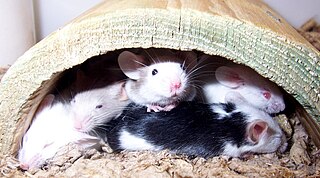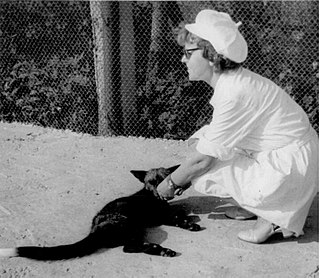 W
WA birdcage is a cage designed to house birds as pets.
 W
WCaptive breeding, also known as "captive propagation", is the process of maintaining plants or animals in controlled environments, such as wildlife reserves, zoos, botanic gardens, and other conservation facilities. It is sometimes employed to help species that are being threatened by human activities such as habitat loss, fragmentation, over hunting or fishing, pollution, predation, disease, and parasitism. In some cases a captive breeding program can save a species from extinction, but for success, breeders must consider many factors—including genetic, ecological, behavioral, and ethical issues. Most successful attempts involve the cooperation and coordination of many institutions.
 W
WElephants can be found in various captive facilities such as a zoo, sanctuary, circus, or camp, usually under veterinary supervision. They can be used for educational, entertainment, or work purposes. The earliest evidence of captive elephants dates to the Indus Valley Civilization about 4,500 years ago. Since then, captive elephants have been used around the world in war, ceremony, and for manual labor and entertainment. Captive elephants have been kept in animal collections for at least 3,500 years. The first elephant arrived in North America in 1796. London Zoo, the first scientific zoo, housed elephants beginning in 1831.
 W
WCaptive killer whales are live killer whales which are held in captivity by humans, often for breeding or performance purposes. The practice of capturing and displaying orcas in exhibitions began in the 1960s, soon becoming popular attractions at public aquariums and aquatic theme parks due to their intelligence, trainability, striking appearance, playfulness, and sheer size. As of August, 19, 2021, there were 57 orcas in captivity worldwide, 30 of which are captive-born. At that time, there were 19 live orcas in the Seaworld parks.
 W
WCaptive white tigers are of little known lineage. They are held captive around the world, usually for financial purposes.
 W
WAnimals that are held by humans and prevented from escaping are said to be in captivity. The term is usually applied to wild animals that are held in confinement, but may also be used generally to describe the keeping of domesticated animals such as livestock or pets. This may include, for example, animals in farms, private homes, zoos and laboratories. Animal captivity may be categorized according to the particular motives, objectives and conditions of the confinement.
 W
WA pet monkey is a monkey kept as a pet. The practice of keeping monkeys as pets is controversial.
 W
WThe most common rodents kept as household pets are hamsters, gerbils, common degus, fancy mice, fancy rats, common chinchillas, and guinea pigs (cavies).
 W
WThe domesticated silver fox is a form of the silver fox which has been to some extent domesticated under laboratory conditions. The silver fox is a melanistic form of the wild red fox. Domesticated silver foxes are the result of an experiment which was designed to demonstrate the power of selective breeding to transform species, as described by Charles Darwin in On the Origin of Species. The experiment at the Institute of Cytology and Genetics in Novosibirsk, Siberia explored whether selection for behaviour rather than morphology may have been the process that had produced dogs from wolves, by recording the changes in foxes when in each generation only the most tame foxes were allowed to breed. Many of the descendant foxes became both tamer and more dog-like in morphology, including displaying mottled or spotted coloured fur.
 W
WAlthough capable of living indoors with humans similarly to cats or dogs, pet skunks are relatively rare, partly due to restrictive laws and the complexity of their care. Pet skunks are mainly kept in the United States, Canada, Germany, the Netherlands, Poland, and Italy.
 W
WWolves are sometimes kept as exotic pets, and in some rarer occasions, as working animals. Although closely related to domesticated dogs, wolves do not show the same tractability as dogs in living alongside humans, and generally, a greater amount of effort is required in order to obtain the same amount of reliability. Wolves also need much more space than dogs, about 25 to 40 square kilometres so they can exercise.